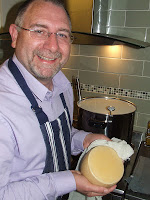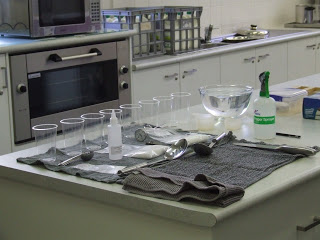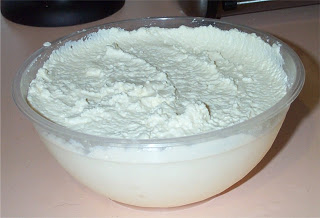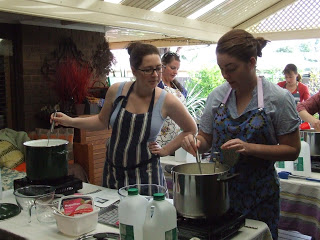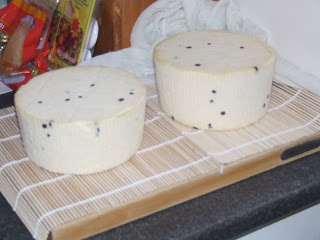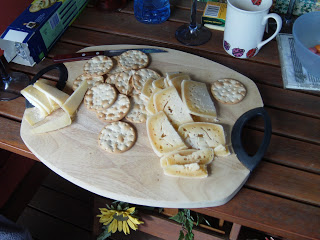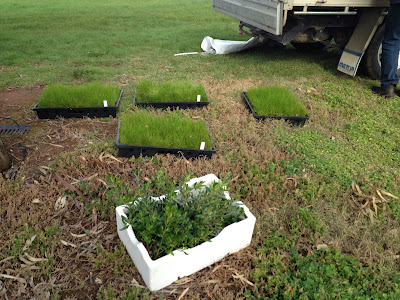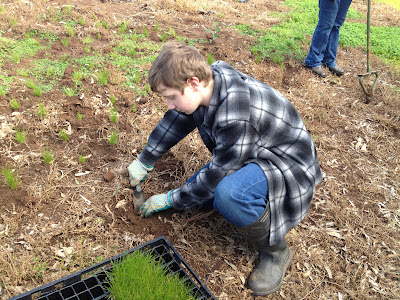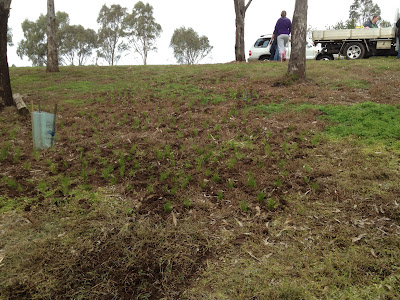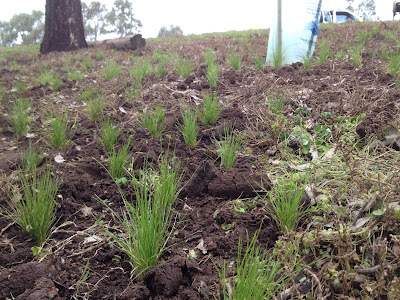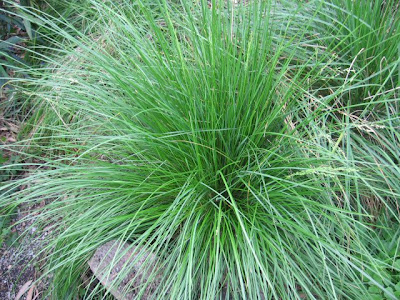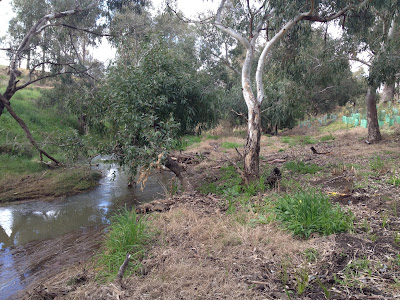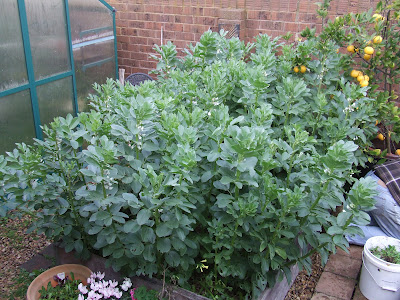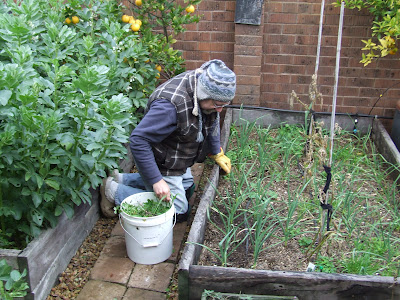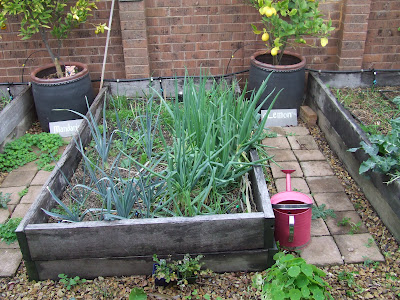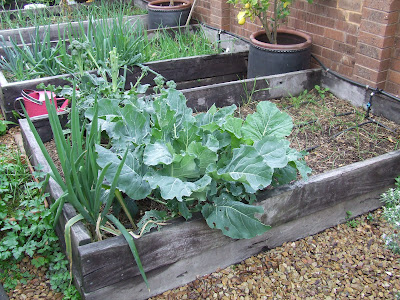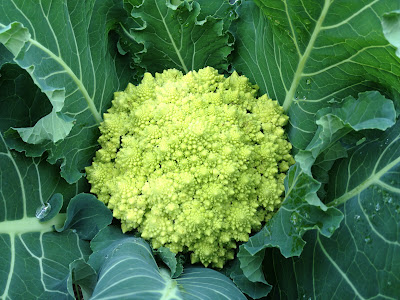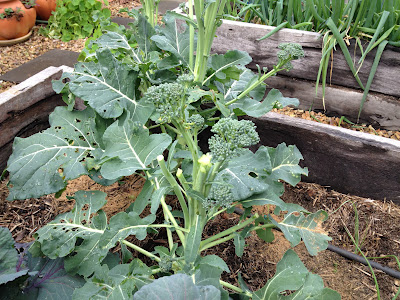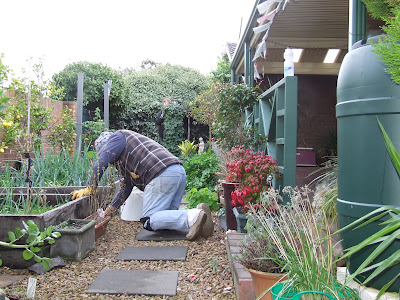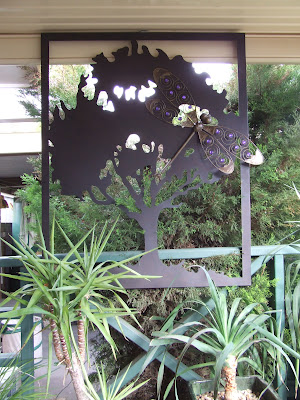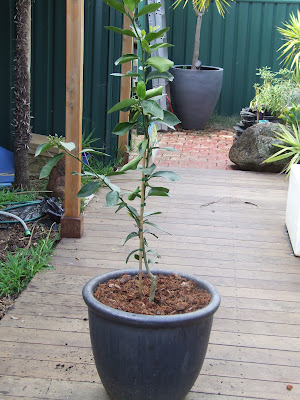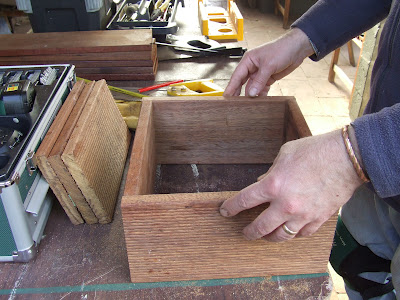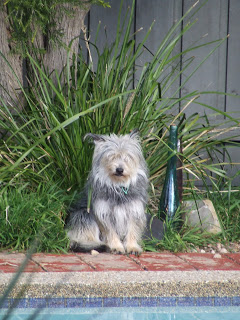Tip #1 – Cleanliness
Tip #2 – Preparation
Tip #3 – Plan Your Time.
Tip #4 – Start Simply
Tip #5 – Attend A Cheese Making Course
Tip #6 – Try Something Harder
Tip #7 – Don’t Be Afraid To Experiment
Tip #8 – Have Patience.
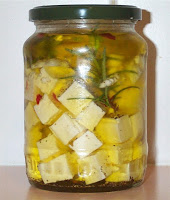 A good cheese, like a good wine, needs to ripen for a specific period of time and get better with age. Try and resist temptation by eating your cheese earlier than recommended. All hard cheeses take time to mature to the right taste. You would be amazed by the difference a week or month between tastings. Depending on the cheese, if tasted early it will be very mild, but if left for longer the flavour gets stronger over time. I will give you an example. I made some Camembert, tried it at 3 weeks and it was fantastic. Left one for 4 weeks, and it was so strong it was overpowering but out of this world. Another example, my first Caerphilly cheese I sampled at 15 days, when it was supposed to ripen to 28 days. It was nice, but when we tried it at 28 days, it was fantastic. I don’t dare try my Parmesan until at least 12 months!
A good cheese, like a good wine, needs to ripen for a specific period of time and get better with age. Try and resist temptation by eating your cheese earlier than recommended. All hard cheeses take time to mature to the right taste. You would be amazed by the difference a week or month between tastings. Depending on the cheese, if tasted early it will be very mild, but if left for longer the flavour gets stronger over time. I will give you an example. I made some Camembert, tried it at 3 weeks and it was fantastic. Left one for 4 weeks, and it was so strong it was overpowering but out of this world. Another example, my first Caerphilly cheese I sampled at 15 days, when it was supposed to ripen to 28 days. It was nice, but when we tried it at 28 days, it was fantastic. I don’t dare try my Parmesan until at least 12 months!Tip #9 – Invest In Good Equipment
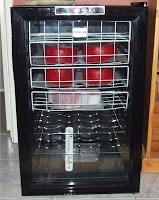 If you find that cheese making is the hobby for you, invest in a few good books, a decent press, and if you don’t have a cellar that maintains a constant temperature between 10-15 C, then you will need to invest in a wine fridge that has the same temperature range. After I decided that cheese making was going to be a long term hobby, then I took this step and invested in such a fridge and it has become my “cheese cave”. The summers can be pretty gruesome where I live, so it was a need more than a want if I was to continue to make cheese during this hot season. I picked it up relatively cheaply, and it has served me well so far. I can now make un-waxed cheeses as well as mould type cheeses (blue vein, brie, camembert) because I can keep the temperature constant.
If you find that cheese making is the hobby for you, invest in a few good books, a decent press, and if you don’t have a cellar that maintains a constant temperature between 10-15 C, then you will need to invest in a wine fridge that has the same temperature range. After I decided that cheese making was going to be a long term hobby, then I took this step and invested in such a fridge and it has become my “cheese cave”. The summers can be pretty gruesome where I live, so it was a need more than a want if I was to continue to make cheese during this hot season. I picked it up relatively cheaply, and it has served me well so far. I can now make un-waxed cheeses as well as mould type cheeses (blue vein, brie, camembert) because I can keep the temperature constant.Tip #10 – Share Your Success.
Summary
Cheese making is great fun, so give it a go, and remember the most important rule. Don’t cry over spilt milk :-).
Don’t just take my work for it. Lets hear from the audience! For all those readers who have tried my cheese, or who have made cheese during one of my classes, sound in with a comment to let everyone know how tasty, or how much fun it is to make and eat home made cheese.

